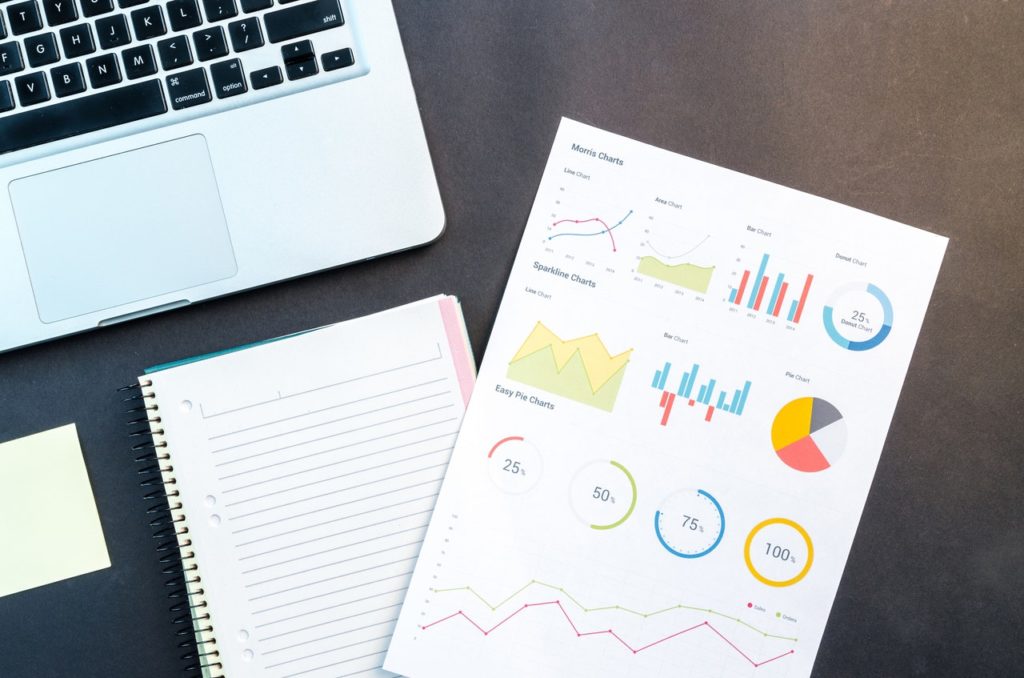In this blog post, I want to share with you a super awesome formula for selling more of your stuff and you might want to take notes!
But let me first begin with a story…
Back in 1983, Steve Jobs made a bold and daring move to sell his $10,000 computer ‘LISA’ – he took out 9 page advert in a National paper selling the features of why his computer was amazing…
And the ad failed. Spectacularly.
It cost him an arm and a leg AND got him kicked off the project!
Why did it fail? Because Steve Jobs didn’t understand the need to fulfil a really deep human need for emotion and the magic of ‘What’s in it for me?’.
In other words, he made two critical mistakes in the ad – he talked relentlessly about the technical aspects and features of his product, AND he failed to talk about HOW the computer would change people’s lives for the better.
It was cold. It was clinical. It was unrelatable and people didn’t get it.
People don’t always buy things just because of the obvious material benefits of having that thing, but because of a deeper, more intrinsic need.
Often, they want to feel better about themselves or they want to support or change their identity or portray a certain image to others. They’re basically buying the end results the product can give them.
So you’re not buying a sports car, you’re buying speed, and to raise your status of feeling successful, wealthy and desirable.
In short, people want to feel good.
Going back to Steve Jobs, he learned a LOT from his epic failure and went and spent time with Disney Pixar’s studio and learned the art of storytelling and emotions and how it relates to the end user.
He then took what he learned and applied this to everything Apple created after that.
Jobs came up with the slogan ‘Think Different’ which fuelled the success of Apple and everything it did from thereon in.
When Steve Jobs introduced the IPod, he didn’t talk about it being 8GB or however much the data capacity was, rather he talked in terms of benefits and what this could do for you.
‘1000 songs in your pocket’ replaced the previous boring and logical facts every other computing business was using.
Same thing, different perspective but MASSIVE difference in results.
Let’s face it, unless you’re a computer geek, you just can’t relate to ‘8GB’ because what the heck does that mean anyway??
1000 songs in your pocket on the other hand, is totally relatable. Everyone knows what that means – hours and hours of listening pleasure all on one neat little device… and sales EXPLODED.
If you want to see the original ad for this, you can see it here: IPOD ADVERT
So while the rest of the computing world was talking in GB and RAM and other technical (logical) jargon, Apple played on benefits and emotions and made their products cool, innovative and easy to understand.
And that’s how they’ve now become the world’s most successful company. Their entire brand is built on the philosophy of ‘Think Different.’
So how can you take from this and apply it to your own business… and is there a secret formula for copy which converts better and makes more sales?
There is.
It’s called EMOTION.
Specifically, it’s in a formula like this:
F + A + B + B + E = More Sales
And this my friends, is where the secret formula comes in for how to write better copy which sells.
Here’s what this means:
F stands for Features – Features describe what a particular product has or does. So if a computer has 1TB, it describes how much data the computer is capable of holding.
A stands for Advantage – What advantage does a particular feature have over another? So a 1TB computer holds twice as much data as other models of the market. Advantages are always in relation to something else and is great to include when your product is a more superior version than competitors or even in relation to other products you sell.
B stands for Benefit – What’s are the core benefits of the product? For example, a 1TB computer can hold the equivalent of 100,000 files or however many that holds.
Notice in the formula I’ve B written twice – that’s because we want to layer benefits or stack them by mentioning a benefit of a benefit.
So if my computer can hold 100,000 files, it will serve me for years to come without me having to upgrade my computer for more storage.
See how that works?
E stands for Emotion – What’s the core emotional need which the benefit fills for the customer? So if I don’t need to upgrade my computer anytime soon, I don’t need to worry or stress out about running out of space anytime soon. In other words, it puts me the buyer, at ease in making my decision and helps to affirm it.
In fact, if you don’t remember anything else, always remember this:
People buy on emotion and justify their buying decisions with logic
Feelings are powerful drivers for doing almost everything – from the choices we make on a daily basis, to life decisions and the people we choose to hang out with…
And it’s NO different when it comes to selling.
If you sell weight loss products, what you’re REALLY selling is the ability to make someone FEEL confident, attractive, healthy, sexy etc
If you sell luxury cars, you’re helping someone FEEL successful, powerful, in control and feel as if they’ve made it.
Big brands get it – but sadly, smaller businesses who struggle with their marketing messages usually trip up with talking about how cool they are and how amazing their product is… but fail to talk about what the product or service will do to change the person’s life.
So just like Steve Jobs did with his computer LISA, most businesses talk features with the odd benefit thrown in.
Successful businesses focus on the benefits for their audience… while super successful businesses add in maximum impact by talking about emotions and feelings and more importantly, how those emotions and feelings make a person feel better about themselves.
By only talking features and technical information, you’re leaving money on the table… so here’s how you can fix it – pronto!
List the features of your product or service and then write down the benefit of that feature – for example, a face cream might contain SPF30 which is a feature, but the benefit is it protects your skin from the sun.
So instead of saying ‘contains SPF30’, you now say ‘SPF30 defends skin against the sun’s harmful rays’ which will give you a basic benefit driven description… but we don’t want basic! We want powerful!
Now layer the description with a ‘benefit of the benefit’ and this time make it emotionally driven.
I like to use the connecting phrase ‘so that’ or ‘which will’ as follows…
SPF30 defends skin against the sun’s harmful rays so that you can look and feel younger for longer.
Now this sounds WAY more powerful and compelling than simply saying ‘Contains SPF30’ or ‘SPF30 defends skin against the sun’s harmful rays.’
Do this with all your marketing messages – taking each feature you mention and turning them into emotionally driven benefits. Just this one aspect of your marketing will help you sell more of your products and services.
While what I’ve discussed here is scratching the surface of what it takes to sell more of your stuff, it’s a fantastic and easy place to start and WILL get you more powerful results in your campaigns.




